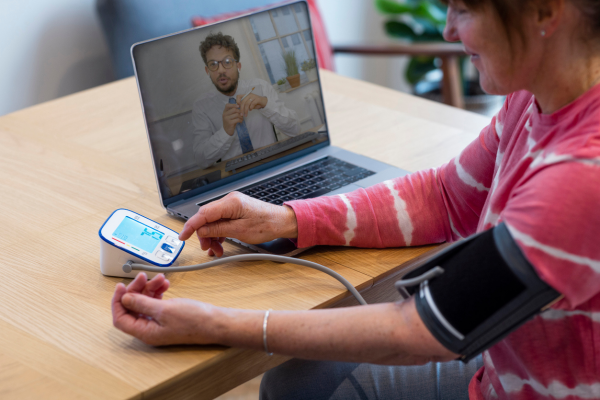What Is Remote Monitoring for Caregivers? A Complete Beginner’s Guide
Understanding what remote monitoring for caregivers entails is crucial in today’s digital age. This guide aims to provide beginners with comprehensive information on the subject.

Remote monitoring for caregivers is a system that allows caregivers to monitor their loved ones or patients remotely, ensuring their safety and well-being. This is achieved through the use of various technological devices and software. To get a more detailed understanding of this concept, you can read our article on remote monitoring explained for families.
How Does Remote Monitoring Work?
Remote monitoring works by using devices that collect data about a person’s health and daily activities. This data is then transmitted to a caregiver or a healthcare professional who can interpret it and take necessary action if needed.

Benefits of Remote Monitoring for Caregivers
Remote monitoring offers numerous benefits to caregivers. It provides peace of mind, as it allows caregivers to keep a close eye on their loved ones without being physically present. It also enables early detection of potential health issues, which can lead to timely intervention and treatment. For more information on caregiver solutions, you can visit this website.
Choosing the Right Remote Monitoring System
When choosing a remote monitoring system, it’s important to consider factors such as ease of use, cost, and the type of data the system can collect and analyze. It’s also crucial to ensure that the system is secure and protects the privacy of the person being monitored.
If you’re looking to protect seniors today, consider investing in a reliable remote monitoring system. You can find some great options here. For those dealing with bedwetting issues, a bedwetting alarm system can be a great help. Check out this solution.
Understanding what is remote monitoring for caregivers is the first step towards providing better care for your loved ones. As technology continues to advance, we can expect even more innovative solutions in the future.
Article by Daniel Brooks, published on 2025-10-07.

